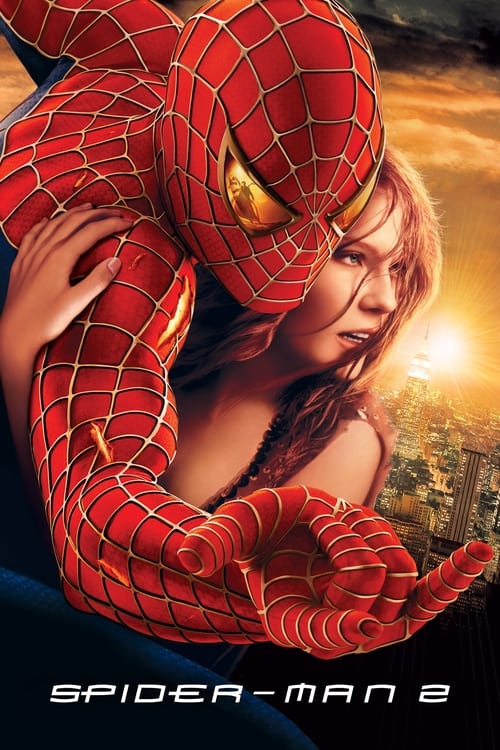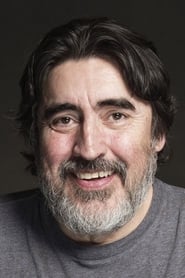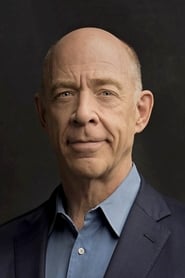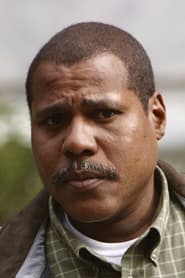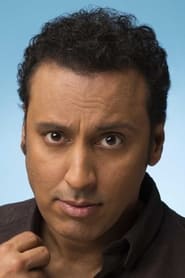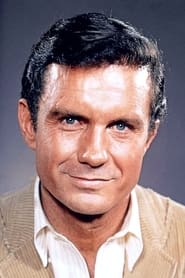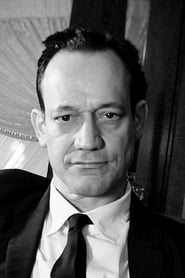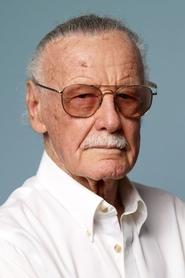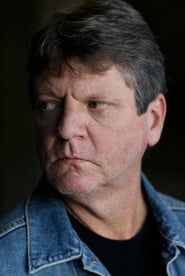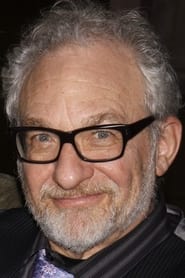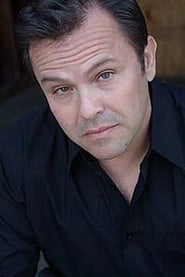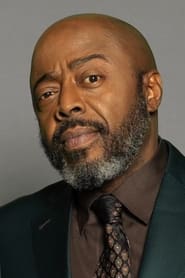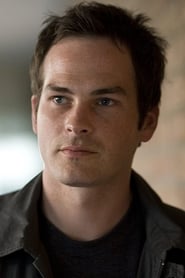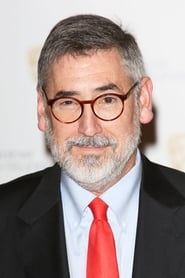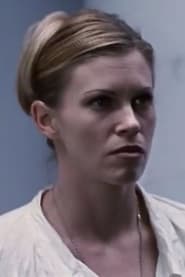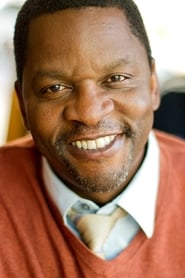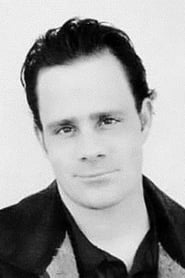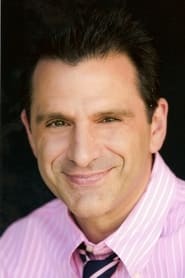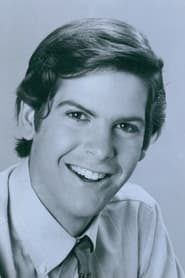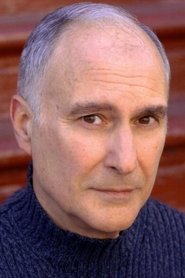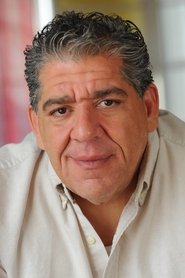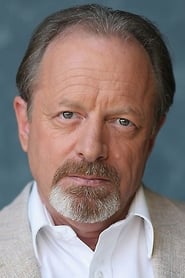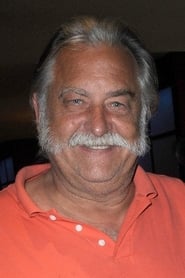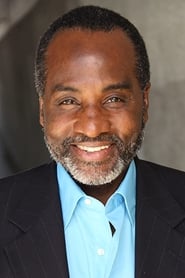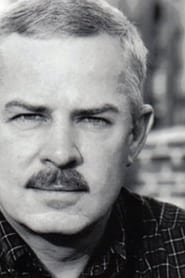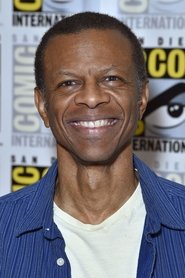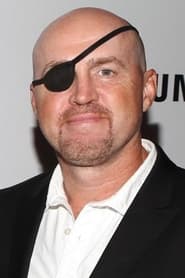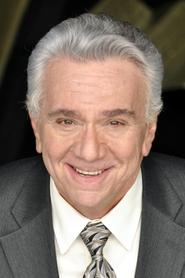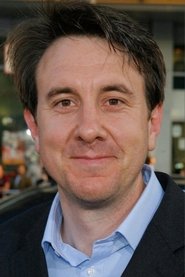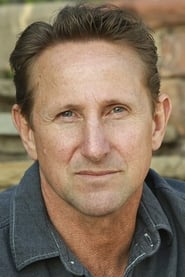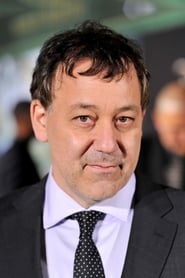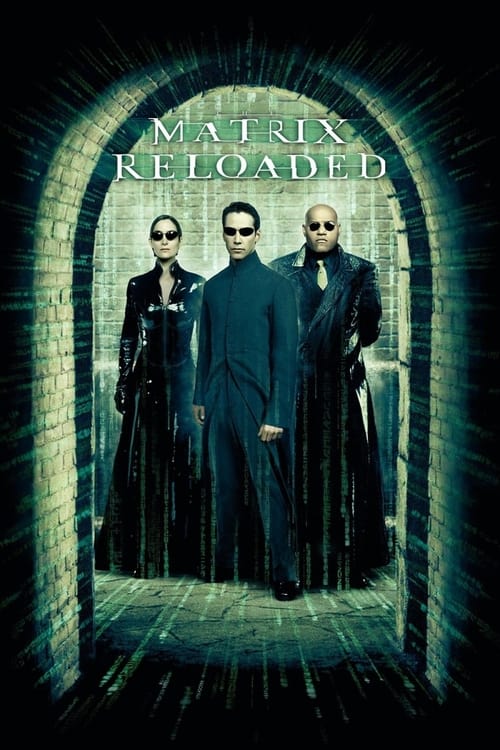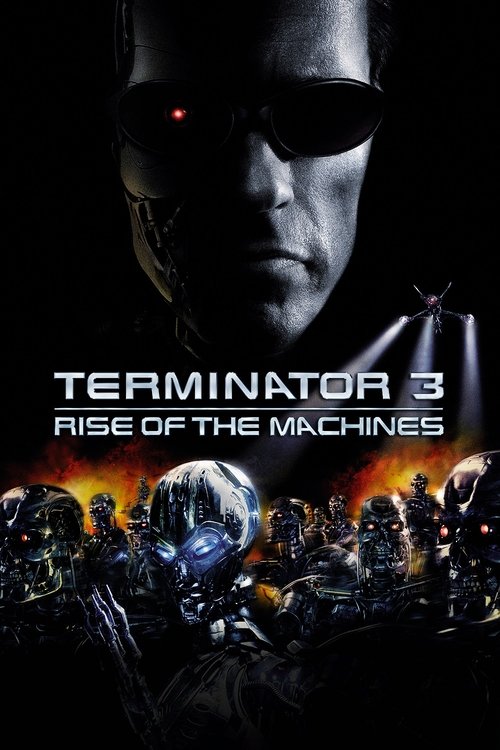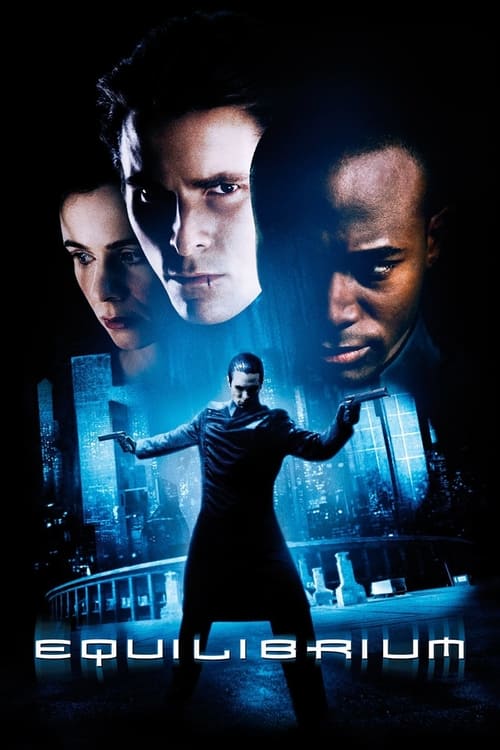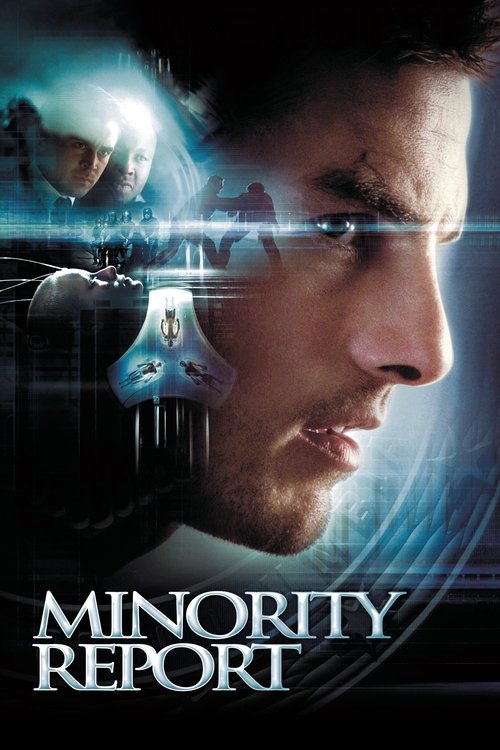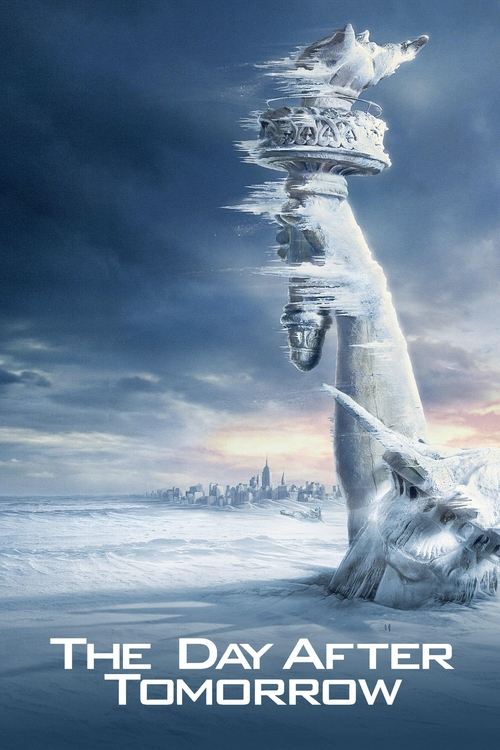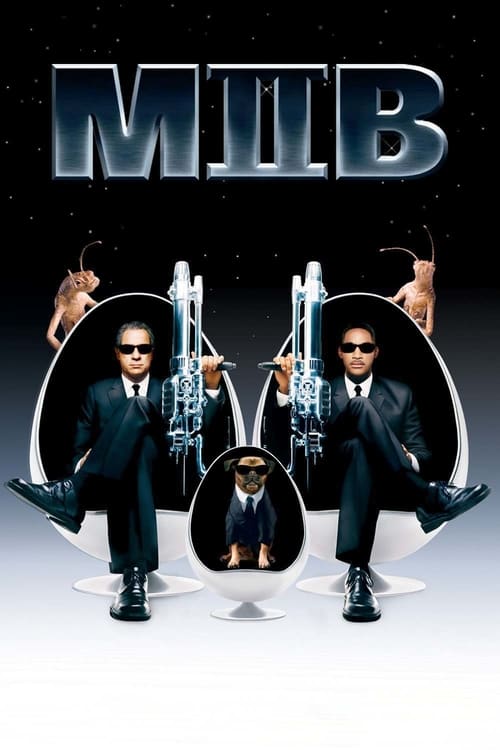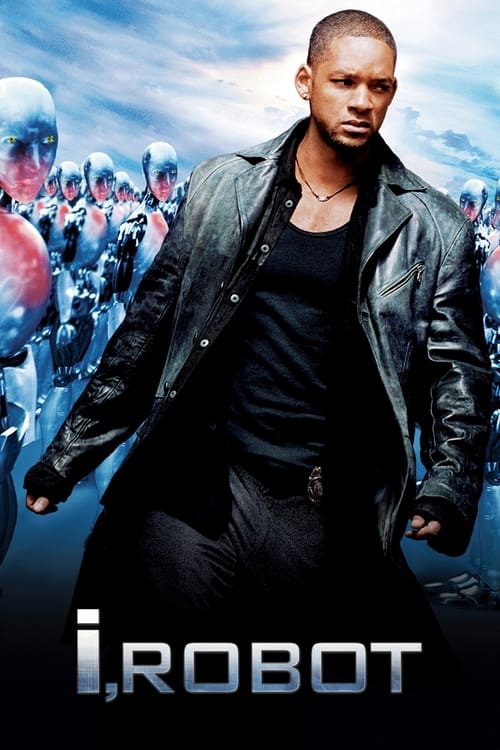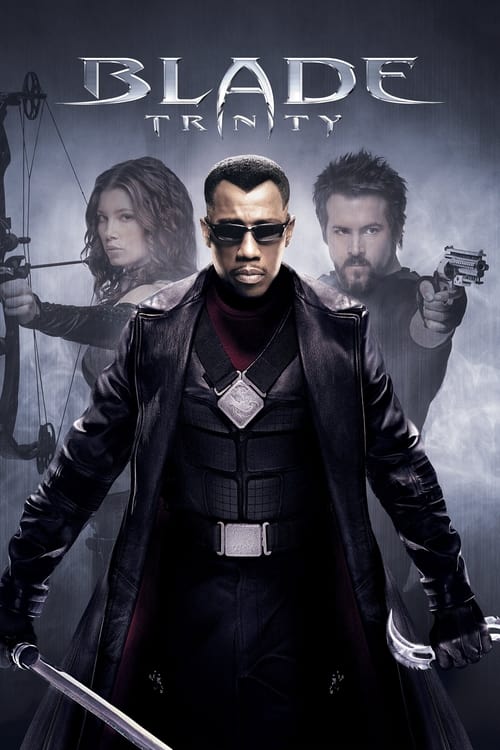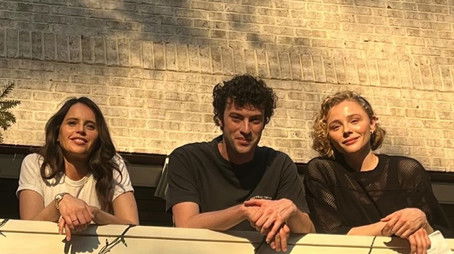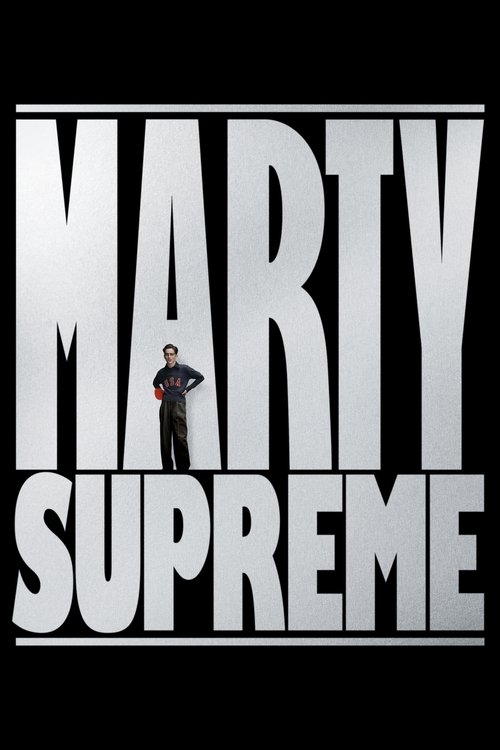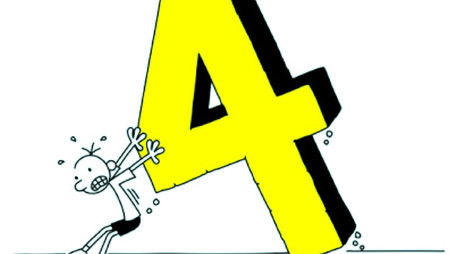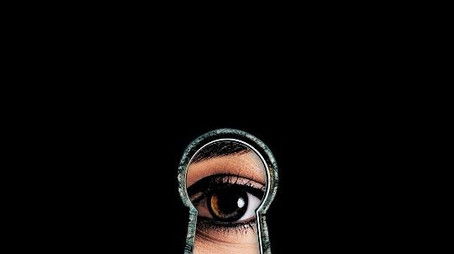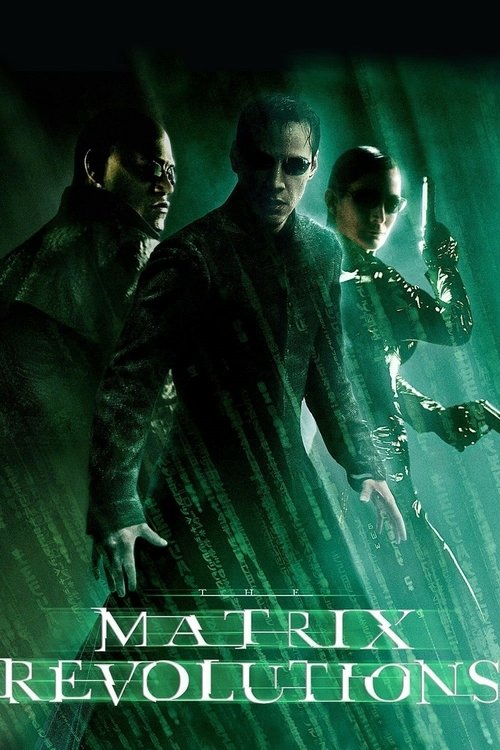
Ask Your Own Question
What is the plot?
Spider-Man 2 (2004) opens in the bustling, unforgiving streets of New York City, two years after the death of Norman Osborn, the Green Goblin. Peter Parker is struggling. The once vibrant, confident young man is now a shadow of himself, weighed down by the impossible balancing act of his double life. He's late and clumsy as a pizza delivery boy, fumbling orders and barely making ends meet. His Aunt May faces eviction from her modest home, and Peter's schoolwork piles up, neglected. The Daily Bugle, under the relentless editorial hand of J. Jonah Jameson, continues its campaign of vilification against Spider-Man, painting him as a menace rather than a hero. Peter's best friend, Harry Osborn, is bitter and distant, blaming Spider-Man for his father's death, unaware that Peter is the man behind the mask. Meanwhile, Mary Jane Watson, Peter's longtime love interest, grows increasingly distant, frustrated by Peter's secrecy and absence, and announces her engagement to John Jameson, the son of J. Jonah Jameson, a celebrated astronaut.
In the midst of this turmoil, Dr. Otto Octavius, a brilliant nuclear scientist and mentor figure to Peter, is introduced. He is working on a revolutionary fusion power experiment funded by Oscorp, Harry Osborn's company. Octavius is a man of science and vision, wearing a harness of four powerful mechanical tentacles controlled by an advanced AI system designed to assist him in his work. The film's early scenes capture the excitement and promise of this experiment, but the mood darkens quickly.
During a public demonstration of the fusion reactor, disaster strikes. The fusion reaction destabilizes catastrophically, threatening to destroy the city. Despite warnings, Octavius refuses to shut down the machine, driven by his obsession to prove his work's success. Peter, as Spider-Man, races to cut the power and stop the meltdown. But the surge of energy kills Octavius's wife, Rosalie, in a heart-wrenching moment of tragedy, and the mechanical tentacle harness is fused to Octavius's spine by molten metal. The inhibitor chip that keeps the tentacles' AI in check is destroyed, unleashing their full, dangerous autonomy.
Octavius is rushed to the hospital unconscious, but the mechanical arms, now acting with a will of their own, violently defend themselves against the medical staff attempting to remove them, killing several doctors and nurses in a brutal, chaotic scene. Octavius awakens, his mind fractured and corrupted by the AI's influence. The once brilliant scientist becomes Doctor Octopus, a man consumed by the tentacles' control and his own vanity and ego. He escapes the hospital and retreats to a decrepit harbor warehouse, his new lair, where he obsessively rebuilds the fusion reactor, determined to complete his life's work regardless of the cost.
Meanwhile, Peter's life spirals further out of control. His powers begin to fail, a physical manifestation of his psychological strain. He loses the ability to shoot webs and climb walls, and his confidence as Spider-Man crumbles. He tries desperately to regain his abilities, jumping off rooftops and pushing himself to the brink, but to no avail. His internal conflict deepens as he contemplates giving up his heroic identity altogether, feeling overwhelmed by the demands and sacrifices it entails.
Amid this chaos, Aunt May's eviction looms. Peter and Mary Jane attempt to refinance her home, but their efforts are interrupted when Doctor Octopus robs a bank to fund his experiment. During the robbery, Octavius takes Aunt May hostage in a tense, harrowing confrontation. Spider-Man arrives, battling Octavius in a fierce fight. The battle is brutal and desperate; Spider-Man struggles as his powers falter, nearly succumbing when Octavius impales him with one of his mechanical arms. Yet, Peter's determination prevails, and he manages to rescue Aunt May, though Octavius escapes with the stolen money.
At a high-society party, Peter confronts the painful reality of Mary Jane's engagement to John Jameson. The revelation stings deeply, and later, a drunken Harry Osborn confronts Peter, accusing him of betrayal and questioning his loyalty to Spider-Man. Their fight is raw and emotional, underscoring the fractures in their friendship and the weight of secrets between them.
As Doctor Octopus rebuilds his fusion reactor in his warehouse, his mind increasingly dominated by the tentacles' AI, he becomes more dangerous and unhinged. His motivations, though twisted, are rooted in tragedy and a desperate desire to complete his life's work, not mere villainy. The tentacles manipulate him, convincing him that the ends justify the means, even if it means risking the lives of millions.
Peter's turning point comes when Mary Jane is kidnapped by Octavius, a cruel escalation that forces Peter to confront his fears and doubts. Aunt May's earlier words about heroism echo in his mind, but it is Mary Jane's peril that reignites his spirit. He rediscovers his powers in a powerful, visceral moment, webbing through the city with renewed agility and strength, declaring with a wry smile, "I'm back... My back."
The climax unfolds on a speeding New York City subway train. Doctor Octopus, wielding his mechanical arms with terrifying precision, attempts to destroy the city with the rebuilt fusion reactor strapped to his chest. The train careens through tunnels and stations, the passengers caught in a nightmare. Spider-Man confronts Octavius in a brutal, high-stakes battle, each blow echoing through the metal confines of the subway cars.
Spider-Man fights with everything he has, pushed to his physical and emotional limits. At one point, Octavius nearly defeats him, but the tide turns when ordinary citizens, inspired by Spider-Man's courage, stand between the hero and the villain, risking their lives to protect their city. Their bravery symbolizes a shift in public opinion, from fear and suspicion to support and hope.
In a moment of clarity, Octavius regains control over his fractured mind. Realizing the catastrophic danger he poses, he sacrifices himself to save New York. With a final, wrenching effort, he shuts down the fusion reactor, destroying both the machine and his mechanical arms. The explosion kills him instantly, a tragic end to a man who was once a brilliant scientist and mentor.
The film closes with Peter and Mary Jane reconciling. Mary Jane chooses to pursue her own path rather than marry John Jameson, embracing the uncertainties of love and life with Peter. Peter, renewed in purpose and spirit, embraces his role as Spider-Man once again, ready to face the challenges ahead with courage and heart.
This narrative weaves together every major event, death, revelation, confrontation, and emotional beat from Spider-Man 2, capturing the depth and complexity of the story in vivid, flowing detail.
What is the ending?
In the ending of Spider-Man 2, Peter Parker confronts Doctor Octopus in a climactic battle on a train. After a fierce struggle, Peter saves the train from crashing, but is left exhausted and vulnerable. Doctor Octopus ultimately redeems himself by sacrificing his life to stop the fusion reactor he created from destroying the city. Peter, having revealed his identity to Mary Jane Watson, decides to embrace his role as Spider-Man, despite the personal sacrifices it entails.
As the film nears its conclusion, we see Peter Parker grappling with the duality of his life. He has been struggling to balance his responsibilities as Spider-Man with his personal desires, particularly his feelings for Mary Jane Watson. The emotional weight of his choices culminates in a series of pivotal scenes.
The final act begins with a dramatic confrontation on a runaway train. Doctor Octopus, having kidnapped Mary Jane, is determined to use the train to further his plans for the fusion reactor. As the train speeds out of control, Peter, in his Spider-Man suit, leaps into action. The scene is filled with tension as he uses all his strength to slow the train down, his muscles straining and his face contorted with effort. The passengers onboard scream in fear, and the stakes are incredibly high. Peter's internal struggle is palpable; he knows that if he fails, not only will he lose the people on the train, but he will also lose Mary Jane.
As he finally manages to stop the train, he collapses from exhaustion, and the passengers, in a moment of awe, see his true identity. They carry him back to safety, showing their gratitude and respect for the hero who has saved them. This moment is crucial as it highlights Peter's sacrifice and the burden of his dual identity. He is not just a hero; he is a person who faces immense challenges and personal costs.
Meanwhile, Doctor Octopus, realizing the destruction he has caused, has a moment of clarity. He decides to confront his own creation, the fusion reactor, which is on the verge of catastrophic failure. In a powerful scene, he sacrifices himself to destroy the reactor, ensuring that it will not harm anyone else. His redemption arc is complete, as he chooses to save the city rather than pursue his own ambitions.
After the battle, Peter returns to Mary Jane, who has been waiting for him. In a heartfelt moment, he reveals his identity to her, expressing his love and the pain of having to keep her at a distance for her safety. However, Mary Jane, despite her feelings for Peter, understands the weight of his responsibilities. She ultimately decides to move on, accepting that Peter must continue to be Spider-Man, even if it means they cannot be together.
The film concludes with Peter swinging through the city, embodying the spirit of Spider-Man. He embraces his role as a hero, fully aware of the sacrifices it entails. The final scenes emphasize his commitment to protecting the city and the people he loves, even at the cost of his own happiness. The fate of each character is sealed: Peter remains Spider-Man, Mary Jane moves forward with her life, and Doctor Octopus finds redemption in his final moments. The story closes on a note of hope and resilience, underscoring the themes of sacrifice, responsibility, and the complexities of love.
Is there a post-credit scene?
Spider-Man 2, produced in 2004, does not have a post-credit scene. The film concludes with a powerful emotional moment as Peter Parker, played by Tobey Maguire, embraces his dual identity as Spider-Man and the responsibilities that come with it. The credits roll without any additional scenes or teasers, focusing instead on the resolution of the story and the character arcs established throughout the film. The absence of a post-credit scene reflects the film's emphasis on character development and the themes of sacrifice and choice that are central to Peter's journey.
What motivates Peter Parker to give up being Spider-Man in the film?
Peter Parker, portrayed by Tobey Maguire, struggles with the duality of his life as both a college student and a superhero. The emotional toll of constantly balancing his responsibilities leads him to a breaking point. He feels that his personal life is suffering; he is unable to maintain relationships, particularly with Mary Jane Watson, and is failing in his studies. The pressure culminates in a moment of despair when he realizes that being Spider-Man is causing him to lose everything he cares about. This internal conflict drives him to abandon his Spider-Man persona, hoping to find happiness and normalcy.
How does Doctor Octopus become a villain in Spider-Man 2?
Doctor Otto Octavius, played by Alfred Molina, begins as a brilliant scientist with a deep passion for his work, particularly in fusion energy. During a demonstration of his fusion reactor, an accident occurs, leading to the death of his wife, Rosie. In the aftermath, the experimental mechanical tentacles he created, which are fused to his body, take control of him, amplifying his grief and anger. The loss of his wife and the influence of the tentacles transform him into the villain Doctor Octopus, as he becomes obsessed with completing his fusion project, regardless of the consequences.
What role does Mary Jane Watson play in Peter Parker's life throughout the film?
Mary Jane Watson, played by Kirsten Dunst, serves as a pivotal emotional anchor for Peter Parker. Throughout the film, she is depicted as a strong, independent woman pursuing her acting career, yet she is also deeply in love with Peter. Her feelings for him are complicated by his secret life as Spider-Man, which leads to moments of frustration and longing. When Peter decides to step away from being Spider-Man, Mary Jane's life begins to move forward, including her engagement to John Jameson. This creates a sense of urgency and heartbreak for Peter, as he realizes that his choice to abandon his superhero identity may cost him the love of his life.
What is the significance of the train scene in Spider-Man 2?
The train scene is a climactic moment in Spider-Man 2 that showcases both Peter Parker's heroism and the public's perception of him. After Doctor Octopus attacks a subway train, Peter must stop it from derailing. The scene is filled with intense action as he uses all his strength to hold the train back, ultimately risking his own life. The emotional weight of this moment is amplified when the passengers, after witnessing his sacrifice, come together to support him, carrying him back to safety. This scene symbolizes the bond between Spider-Man and the people of New York, reinforcing the theme of heroism and the idea that true strength lies in selflessness.
How does Peter Parker's relationship with Aunt May evolve in the film?
Aunt May, portrayed by Rosemary Harris, serves as a moral compass for Peter throughout Spider-Man 2. Initially, she is unaware of Peter's struggles and the burden he carries as Spider-Man. However, as the story unfolds, she begins to sense his inner turmoil. A pivotal moment occurs when Peter confesses to her that he feels responsible for Uncle Ben's death, revealing his deep guilt. Aunt May responds with compassion, sharing her own experiences of loss and encouraging Peter to embrace his responsibilities. Their relationship deepens as she becomes a source of wisdom and support, ultimately helping Peter to understand the importance of his role as Spider-Man.
Is this family friendly?
"Spider-Man 2," produced in 2004, is generally considered family-friendly, but it does contain some scenes and themes that may be potentially objectionable or upsetting for children or sensitive viewers. Here are a few aspects to consider:
-
Violence and Action Sequences: The film features intense action scenes, including battles between Spider-Man and the villain Doctor Octopus. These sequences involve physical confrontations, destruction, and perilous situations that may be frightening for younger viewers.
-
Emotional Struggles: Peter Parker experiences significant emotional turmoil throughout the film, including feelings of guilt, loss, and the burden of responsibility. His internal conflict may resonate deeply and could be distressing for some children.
-
Death and Loss: There are themes of loss and the impact of death, particularly related to Peter's loved ones. The emotional weight of these moments may be heavy for sensitive viewers.
-
Mature Themes: The film explores complex themes such as sacrifice, identity, and the challenges of adulthood, which may be difficult for younger audiences to fully grasp.
-
Romantic Tension: There are romantic elements and moments of heartbreak that may be more suitable for older children and teens, as they deal with relationships and unrequited love.
While the film is ultimately about heroism and responsibility, these elements may warrant parental guidance for younger viewers.

